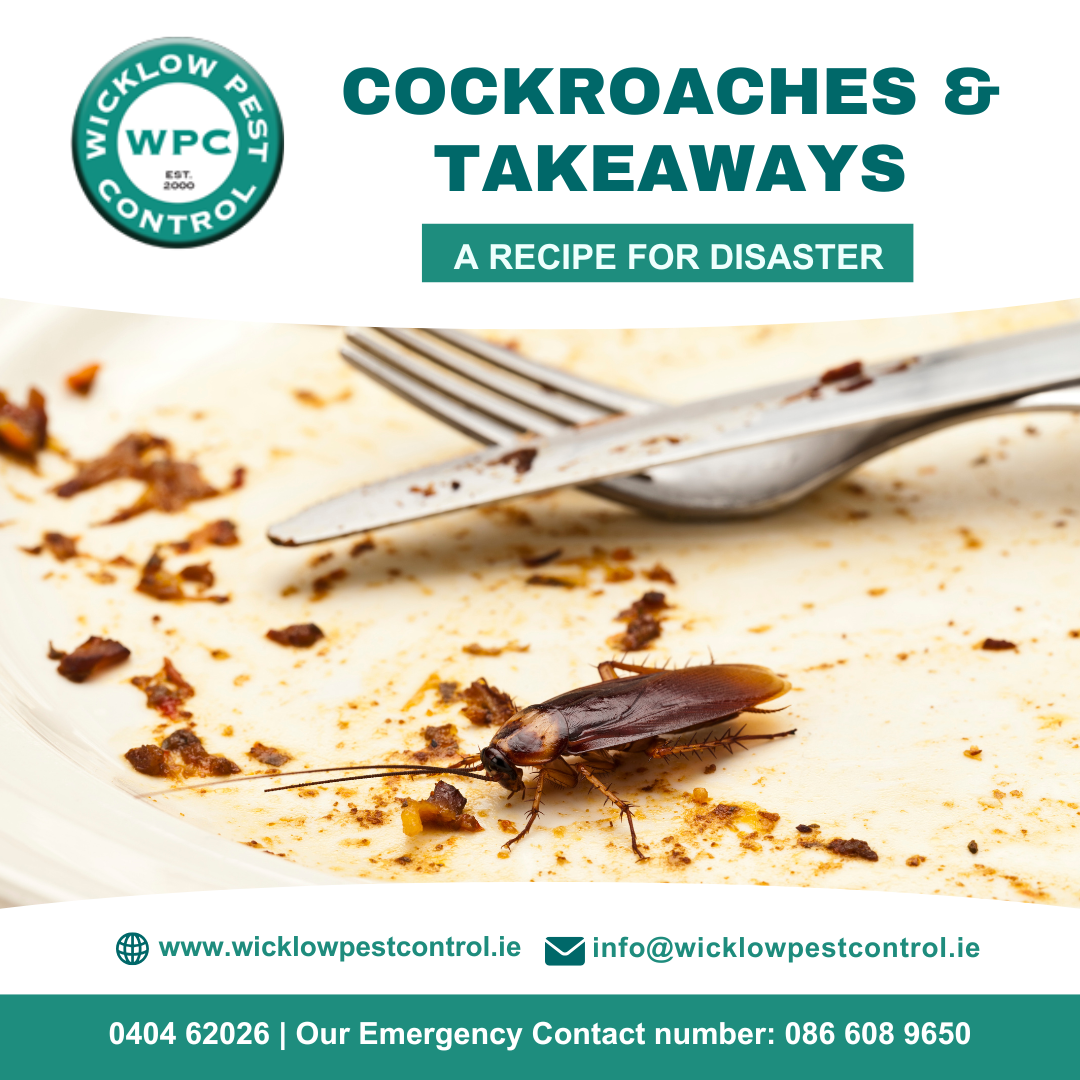If there’s one word that can destroy a takeaway’s reputation overnight, it’s cockroach. These little invaders are more than just an unwelcome sight. They’re a serious health risk and a major threat to your business. We’ve seen firsthand how quickly a clean kitchen can turn into a pest battleground, especially when cockroaches decide to move in.
In this post, let’s get real about why cockroach control is absolutely vital for takeaways, what signs to look out for, and some aspects of this problem you probably aren’t aware of.
Why Cockroaches Love Takeaways
Takeaways are paradise for cockroaches. Warm temperatures, food scraps, grease, and plenty of hiding spots. What more could they want?
- Late night operations often mean less time for deep cleaning
- Constant food delivery and preparation means crumbs, spills, and food residue
- Busy staff may not notice early warning signs
- Boxes and packaging from suppliers can carry cockroaches right into the kitchen
And the worst part? Cockroaches are nocturnal. While you’re locking up and heading home, they’re crawling out to eat, breed, and contaminate everything.
Do Cockroaches Fly?
Let’s clear this up. Yes, some cockroaches can fly.
But not all of them, and even the ones that can fly usually prefer crawling.
In Ireland and the UK, the most common types you’ll find in takeaways are:
- German cockroach: Small, fast, loves kitchens. Has wings, but rarely flies.
- Oriental cockroach: Larger, shiny, prefers cool and damp spots. Can’t fly.
- American cockroach: Bigger than the rest, reddish-brown, and yes, this one can fly short distances, especially if it’s warm.
So, while it’s rare to see cockroaches flying around your takeaway, don’t be surprised if one takes off. If you do see one flying, that’s a strong indication of a serious infestation.
The Real Cost of a Cockroach Infestation
Cockroaches in a food business don’t just pose a hygiene risk. They’re a legal and financial disaster. Here’s why you can’t afford to ignore them:
- Public health threat: They carry bacteria like E. coli, Salmonella, and Listeria
- Contamination: They leave droppings, egg cases, and shed skins in food areas
- Inspection failure: Environmental Health Officers can shut you down on the spot
- Reputational damage: One customer spots a cockroach, takes a photo, and uploads it. You’re viral, and not in a good way
Signs You’ve Got a Problem
Spotting one cockroach means there are more. They hide during the day, so if you see one in the open, chances are the nest is close and busy.
Here’s what to watch for:
- Droppings: Small, dark specs that resemble ground pepper or coffee
- Smear marks: Greasy lines along walls, especially where they crawl often
- Egg casings: Oval shaped shells, usually tucked away in dark corners
- Unusual odour: A musty, foul smell that lingers even after cleaning
- Live sightings at night: Seeing them scurry when you turn the lights on? That’s trouble
Where They Hide in Takeaways
Cockroaches are masters at hiding in plain sight. And in a takeaway kitchen, they have plenty of options:
- Behind fridges, freezers, or cookers
- Inside electrical appliances like microwaves, coffee machines, or toasters
- Under sinks and behind skirting boards
- In dry goods storage or cardboard boxes
- Near drains or bin areas
They love warmth and moisture. If you’ve got leaking pipes or a greasy cooker base, it’s basically a VIP lounge for cockroaches.
Prevention Tips
The best way to deal with cockroaches is to never let them in. Prevention is your strongest line of defence, and it starts with being strict about hygiene and maintenance.
Here are some real and effective actions:
- Clean deeply and regularly, especially under appliances and in corners
- Don’t leave food uncovered, even for a few minutes
- Empty bins frequently and use lids that seal tightly
- Seal cracks and entry points in walls, cupboards, and around pipes
- Fix leaks quickly. Cockroaches can survive weeks without food, but not without water
- Use metal shelving. They can’t climb it as easily as wood
And don’t forget to train your staff. Everyone working in the kitchen should know the signs to look out for and how to report them.
When to Call the Professionals
Once cockroaches have taken hold, DIY sprays and traps just won’t cut it. These pests hide where sprays can’t reach and multiply faster than you’d believe.
A professional pest control service will:
- Identify the species (which is important for treatment)
- Locate entry points and nests
- Apply safe, industry-grade solutions like insecticidal gels or dusts
- Provide proofing and prevention guidance
- Set up monitoring for ongoing protection
In food businesses, regular pest inspections aren’t just smart, they’re essential. Prevention costs far less than cleaning up a full-blown infestation and rebuilding your reputation.
Bottom Line: Your Business is Only as Clean as Your Kitchen
If you run a takeaway, there’s no room for shortcuts when it comes to pest control. Cockroaches don’t care about your 5 star reviews, loyal customers, or brand image. They’re just looking for food, warmth, and a place to hide.
Don’t wait until you have a problem, be proactive and take pest control seriously. Partner with a reliable pest control provider, keep your kitchen spotless, and make sure your business stays known for its food, not its bugs. Contact Wicklow Pest Control today with any questions, or to request a callout to your business.
Wicklow Pest Control is here to help. With our expertise and commitment to a quality service, please don’t hesitate to contact us.


